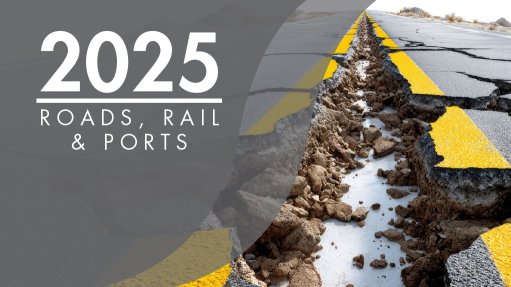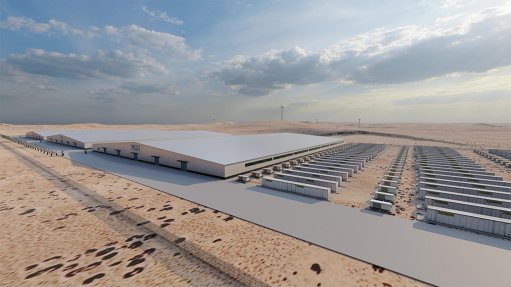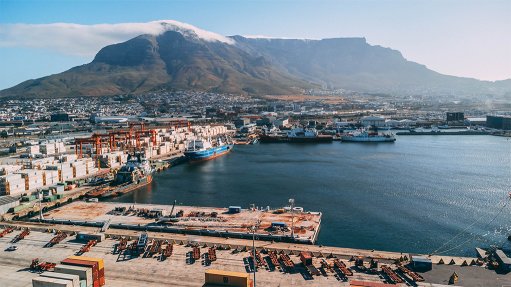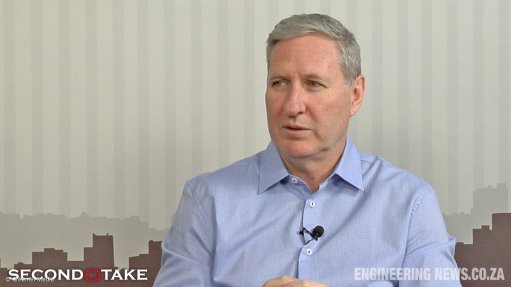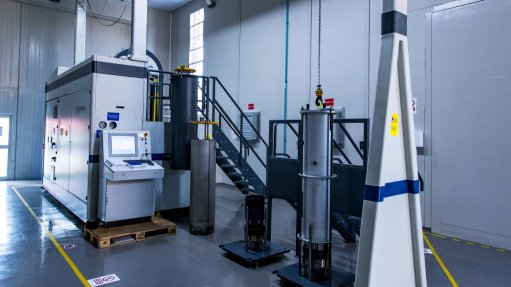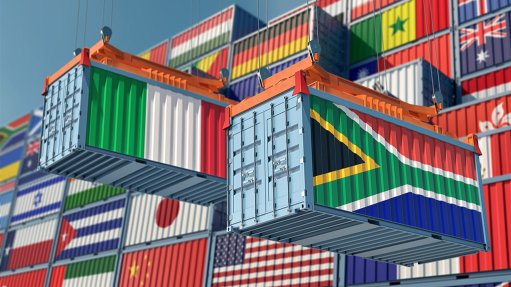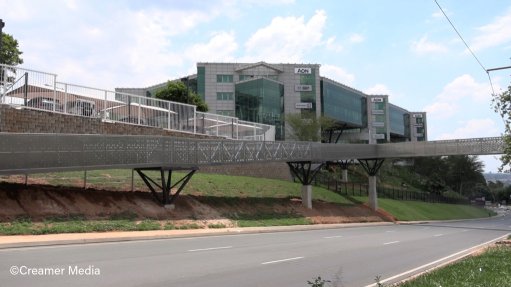SA manufacturers mull ways to navigate fast-changing global trade environment

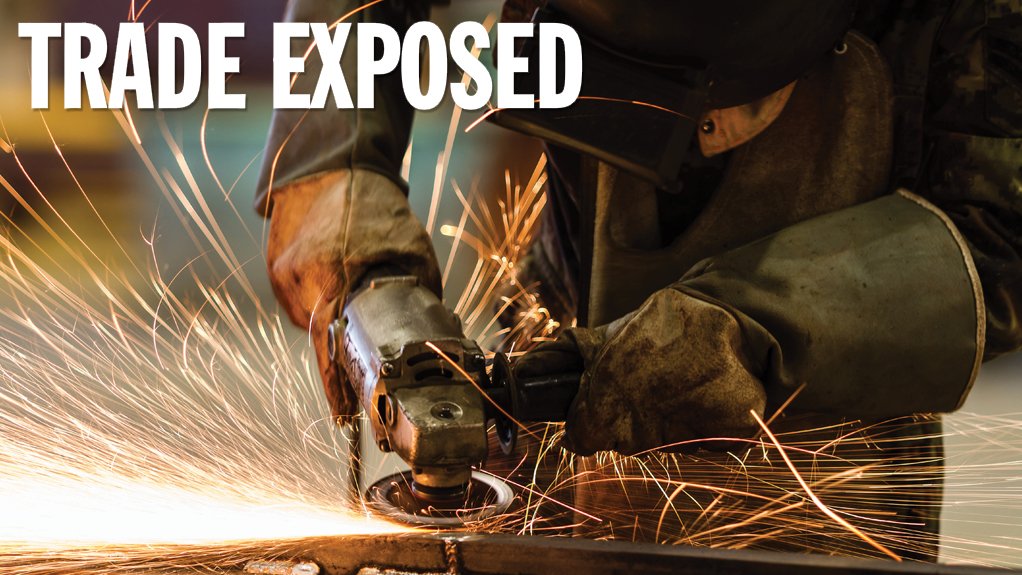
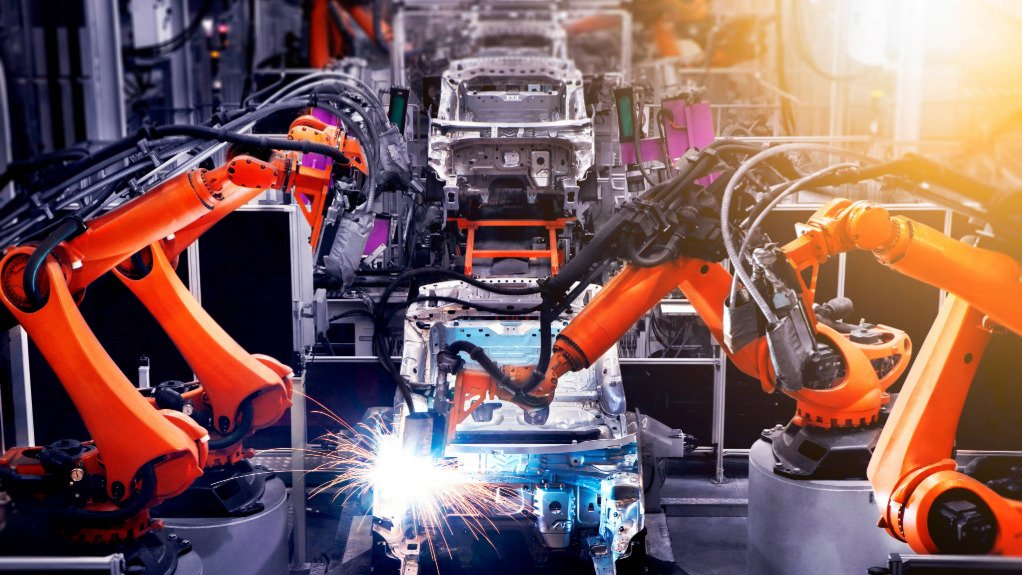



OPPORTUNITIES South African manufacturers are encouraged to innovate and increase localisation efforts to overcome local, and global, challenges that impede productivity
Seifsa COO Tafadzwa Chibanguza
Beth Dealtry Local manufacturers have an opportunity to strengthen trade relationships with other African countries and the EU
Discovery Green head Andre Nepgen
The South African manufacturing sector continues to face pressures associated with weak domestic growth and infrastructure backlogs, which are being exacerbated by intensifying global headwinds linked largely to US President Donald Trump’s highly unpredictable tariff policies.
Given such a constrained macroeconomic environment, coupled with geopolitical uncertainty, industry commentators believe the outlook for local manufacturers will depend heavily on their ability to diversify export markets and adopt productivity-enhancing innovations.
This uncertain context was underscored by National Association of Automotive Component and Allied Manufacturers (Naacam) policy and regulatory affairs head Beth Dealtry during Creamer Media’s recent ‘Local Manufacturing’ webinar.
She noted that the US tariffs, some of which have been implemented, while others have been paused or withdrawn, have significantly altered global trade and pose significant challenges for the South African automotive component manufacturing sector.
She argued, however, that local manufacturers have an opportunity to strengthen trade relationships with other African countries and the EU.
“At the moment, from an export perspective, that’s probably ironically where . . . the biggest challenge sits, but equally, the biggest opportunity – navigating that uncertainty and making the most of it and finding the silver linings where they exist,” she said.
Dealtry noted that the US import tariffs have accelerated the need to create an African ecosystem. While most African countries have committed to increasing intra-African trade under the African Continental Free Trade Area Agreement, implementation has been slower than required.
“We need to be strategic as a continent and work together as a continent to identify . . . pockets of excellence in the different countries, and work together rather than all of us trying to produce the exact same thing and sell it into the same market. So, there needs to be a greater level of coordination, but I think it is the big opportunity.”
Domestic Headwinds
Despite being a “highly trade-exposed” sector, the steel and engineering sector remains the backbone of local manufacturing, according to Steel and Engineering Industries Federation of Southern Africa (Seifsa) COO Tafadzwa Chibanguza, who noted that it directly contributes 3.2% to South Africa’s GDP.
He added that, beyond a constrained global macroeconomic environment, the sector is also hindered by local challenges such as stilted fixed capital formation and municipal service delivery issues, both of which have cost implications for private companies.
In a similar vein, Dealtry highlighted that one of the biggest challenges is weak domestic demand, adding that vehicle production and sales have been “pretty stagnant” over the past decade, while import penetration has increased over the same period.
She explained that this ultimately impacts on production volumes, noting that when original-equipment manufacturer (OEM) production volumes are impacted, component production volumes also decline.
Dealtry emphasised the importance of achieving economies of scale to maintain the underlying competitiveness of the sector.
“As production volumes reduce, we are certainly finding that that’s impacting competitiveness in the sector.”
Echoing Chibanguza’s sentiments, Dealtry noted that South Africa’s heavy reliance on exports requires the sector to be a “champion” in price competitiveness and quality. She also highlighted the need for testing infrastructure, public- private partnerships (PPPs) and skills development to support localisation in the sector.
“The reality is we have to think slightly outside of the box in what is a relatively constrained domestic environment,” she said.
On the other hand, Dealtry pointed out that the South African Automotive Masterplan (SAAM 2035), which mandates 60% local content, presents a significant opportunity for local component OEMs.
“Localisation is never as easy as it may seem on paper, but that is an innate opportunity that needs to be realised, and urgently so.”
Additionally, Dealtry said South Africa could benefit from the transition to new- energy vehicles, arguing that the country is well-positioned to localise high-value components, given its access to raw materials and established manufacturing capabilities.
“We do have really capable, world-class companies in our country and it’s about getting them greater exposure, greater scale.”
Lifting Demand
Chibanguza reiterated the need to incentivise private demand for locally manufactured goods, noting that collaboration between the public and private sectors – through public–private partnerships, for example – presents a significant opportunity in this regard.
“A mindset shift that is actually needed is . . . dropping this ideological idea that only a centralised place can do all this planning, but you distribute it by letting the private and public sectors work together.”
Chibanguza also noted the role of policy reforms in supporting the manufacturing sector’s growth. He highlighted the important role of the domestic economy in creating local demand, especially in the context of a constrained macroenvironment.
“The domestic economy has an important role to play in creating that consistent baseload demand; then the export market is, in a way, a very lucrative top-up – that’s the role it should play, where, through all the cycles, you have that baseload demand.
“A big part of that is a policy choice to increase gross fixed capital formation, transferring it from consumption to fixed investment, allowing the private sector to contribute in that play. That way, you raise demand and solve a lot of issues,” he said.
Energy & Technology
Meanwhile, panellists also discussed the sector’s challenges related to electricity and the slow adoption of new technologies.
Highlighting the role of technology and digitalisation in promoting competitiveness in the sector, Syspro Europe, the Middle East and Africa and Asia-Pacific strategic sales executive Johan du Toit pointed out the importance of adopting relevant technologies that enable companies in the sector to make data-supported decisions, drive competitiveness and manage costs.
“There’s a lot of . . . technology out in the market at the moment, and we get bombarded with a lot of things, but by far the biggest contribution in shaping this is the ability to make data-supported decisions around all of these things.”
Du Toit stressed the need for manufacturers to have a good understanding of their cost structures, as well as the importance of enterprise resource planning (ERP) systems in managing tariffs and ensuring compliance.
“If we’re talking about being more competitive, then it implies that we understand our costs.”
Du Toit noted the role of ERP systems as a transactional platform that can help improve efficiencies and competitiveness by capturing all the data throughout the supply chain, thereby assisting with decision-making.
Meanwhile, from a renewable-energy perspective, Discovery Green head Andre Nepgen noted the impact of rising electricity costs on local manufacturers’ sustainability, which have driven many manufacturers to adopt on-site solar and battery systems or wheeling to remain competitive.
Nepgen explained that wheeling allows manufacturers to leverage utility-scale wind and solar plants across South Africa and wheel that energy to businesses, thereby enabling the manufacturers to benefit from renewable energy through emission reductions and cost savings, while minimising capital expenditure.
He emphasised the importance of taking a long-term view when adopting renewable energy, elaborating that the more renewable energy a business integrates, the greater its protection against looming carbon tax tariffs and volatile electricity prices.
Against this background, Nepgen recommended that manufacturers implement as much renewable energy as possible in a single, integrated effort rather than adopting a phased approach. This, he argued, helps manufacturers minimise compounding risks.
“South Africa has got some of the best renewable-energy resources in the world . . . yet South Africa has some of the lowest penetration of renewable energy in the world . . . There’s no reason why South African manufacturing cannot operate on some of the lowest-cost electricity in the world. There’s no reason why South African companies can’t be some of the most renewable, or green, lowest-emission businesses in the world,” he said.
Article Enquiry
Email Article
Save Article
Feedback
To advertise email advertising@creamermedia.co.za or click here
Comments
Press Office
Announcements
What's On
Subscribe to improve your user experience...
Option 1 (equivalent of R125 a month):
Receive a weekly copy of Creamer Media's Engineering News & Mining Weekly magazine
(print copy for those in South Africa and e-magazine for those outside of South Africa)
Receive daily email newsletters
Access to full search results
Access archive of magazine back copies
Access to Projects in Progress
Access to ONE Research Report of your choice in PDF format
Option 2 (equivalent of R375 a month):
All benefits from Option 1
PLUS
Access to Creamer Media's Research Channel Africa for ALL Research Reports, in PDF format, on various industrial and mining sectors
including Electricity; Water; Energy Transition; Hydrogen; Roads, Rail and Ports; Coal; Gold; Platinum; Battery Metals; etc.
Already a subscriber?
Forgotten your password?
Receive weekly copy of Creamer Media's Engineering News & Mining Weekly magazine (print copy for those in South Africa and e-magazine for those outside of South Africa)
➕
Recieve daily email newsletters
➕
Access to full search results
➕
Access archive of magazine back copies
➕
Access to Projects in Progress
➕
Access to ONE Research Report of your choice in PDF format
RESEARCH CHANNEL AFRICA
R4500 (equivalent of R375 a month)
SUBSCRIBEAll benefits from Option 1
➕
Access to Creamer Media's Research Channel Africa for ALL Research Reports on various industrial and mining sectors, in PDF format, including on:
Electricity
➕
Water
➕
Energy Transition
➕
Hydrogen
➕
Roads, Rail and Ports
➕
Coal
➕
Gold
➕
Platinum
➕
Battery Metals
➕
etc.
Receive all benefits from Option 1 or Option 2 delivered to numerous people at your company
➕
Multiple User names and Passwords for simultaneous log-ins
➕
Intranet integration access to all in your organisation










